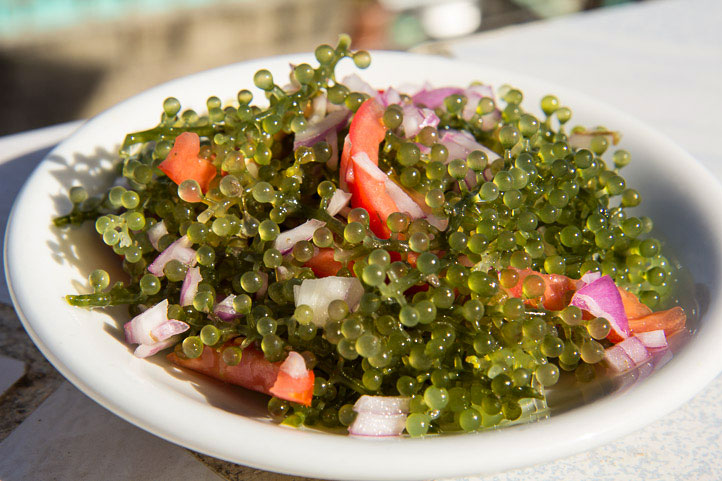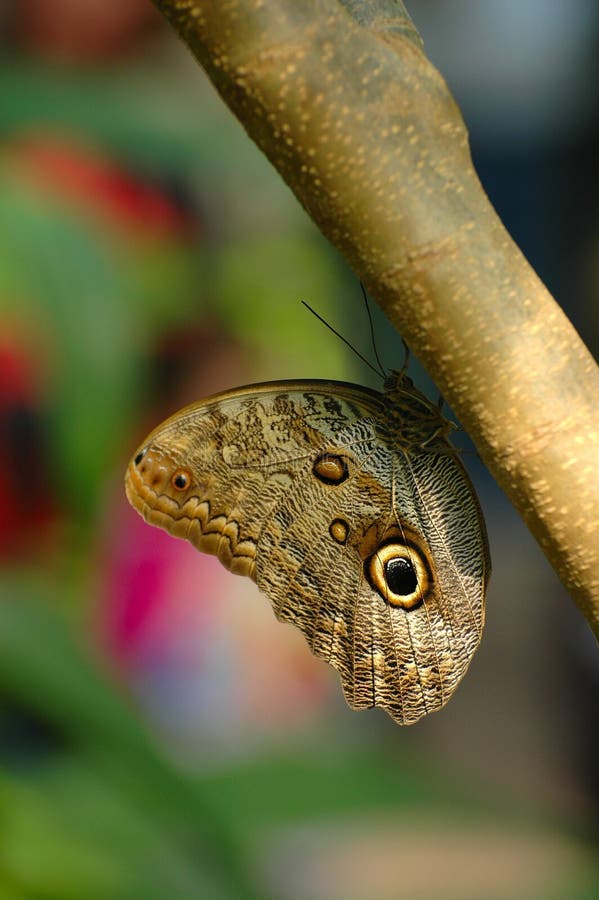

His damning depiction of Satsu should be taken with a grain of salt, however, since when he wrote about her the two of them were embroiled in a bitter inheritance dispute. His new stepmother, Satsu, was cruel and abusive, according to Issa. His father remarried when the future poet was eight. He felt not only sympathy for the motherless bird he saw himself in it. In a little shack in the back yard, I cared for it all day.” This is one of Issa’s most famous haiku in which he addressed an animal as a friend and a peer. His life then was all “grief and sorrow.” In a different text, he supplied more details about the moment that inspired the haiku: “A parentless sparrow made himself known by singing pitifully, alone. He would spend long days by himself, he claimed, crouched among the woodpiles and reeds behind the family garden. This more popular version of the haiku appears in Oraga haru (おらが春, My Spring ), his poetic diary of 1819, where it is prefaced with a self-portrait of the poet as a lonely, morose child at age six, cruelly taunted by village children for being motherless. Later, in 1819, Issa revised the haiku, giving it the form that is admired and memorized by children today-changing it from third-person description (“coming to play with me”) to a heart-felt command (“come and play with me”): 我と来て遊べや親のない雀 This initial version of the poem appears in his poetic journal Seventh Diary (七番日記 Shichiban nikki) in 1814: 我と来てあそぶや親のない雀 The memory of this traumatic loss of his mother and the sorrows that resulted from that event still stung the poet at age fifty-two, when he wrote this haiku, which he later identified in a headnote in Pale Blue Sky (浅黄空 Asagi-zora) to be a childhood memory. On the seventeenth day of Eighth Month in 1765, when Yatarō was three by traditional Japanese reckoning (according to which a child is age one at birth and gains a year each New Year’s thereafter), Kuni died.

He would have been expected to follow in his father’s footsteps, raising buckwheat, rice, and other crops on the nearly two acres of family farmland, but a different destiny unfolded for him, shaped by personal tragedy.

On the fifth day of Fifth Month (June 15, 1763, by the Western calendar), Issa was born and was given the name Yatarō. Issa’s father (family name: Kobayashi given name: Yagobei) was a farmer who lived with his wife Kuni in Kashiwabara village in mountainous Shinano province. If Bashō is the most revered poet of Japanese haiku tradition, Issa is, arguably, the most loved. Issa is known and celebrated for his compassion for both humans and animals for his delight in children for his deeply subjective verses about the joys and tragedies of his personal life for his sincere devotion to Jōdo Shinshū (True Pure Land) Buddhism for his irreverent humor and for his daring willingness to satirize authority figures, both secular and religious, of the rigidly hierarchical society of early modern Japan. He was a prolific poet who participated in more than 250 renku sessions (that we know of) and who left behind in his journals more than 22,000 haiku (if we include variants of verses). As a widely admired poet in translation, Issa is without doubt the second most celebrated haiku poet in terms of his international reputation. Issa-a haigō or penname that literally means “One Tea”-is revered in Japan as one of the greatest poets of haiku tradition, often ranked by Japanese readers and critics in third place after Matsuo Bashō (松尾 芭蕉) and Yosa Buson (與謝 蕪村). 1 He was a writer of haikai( haiku), haikai no renga, tanka, and haibun, a writer/artist of haiga (haiku painting), and a popular teacher of haiku in Shinano province. Kobayashi Issa was born Kobayashi Nobuyuki on Jin the village of Kashiwabara, Shinano province (present-day Nagano prefecture), Japan, He died of complications from a stroke on January 5, 1828, in Kashiwabara.


 0 kommentar(er)
0 kommentar(er)
